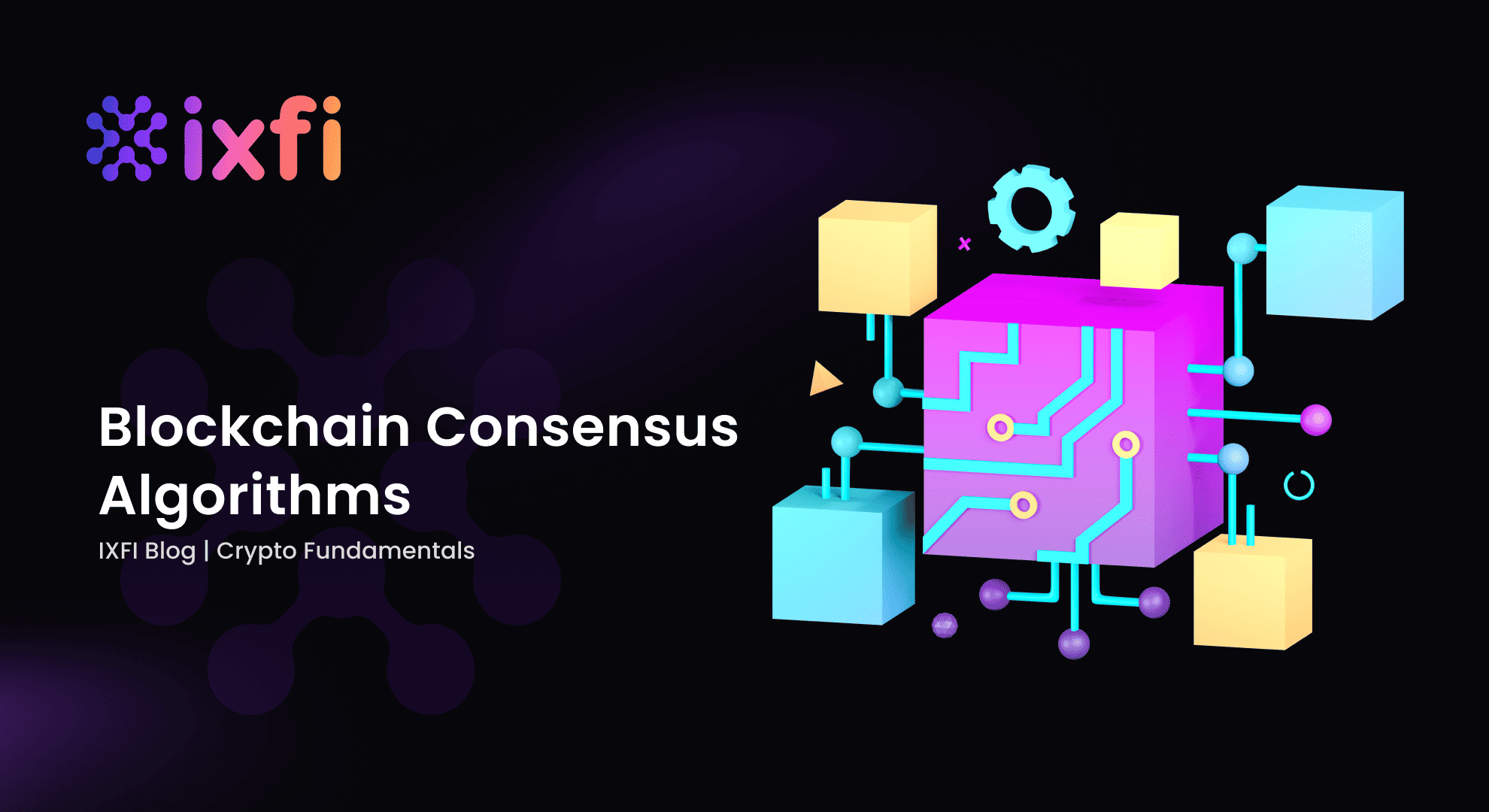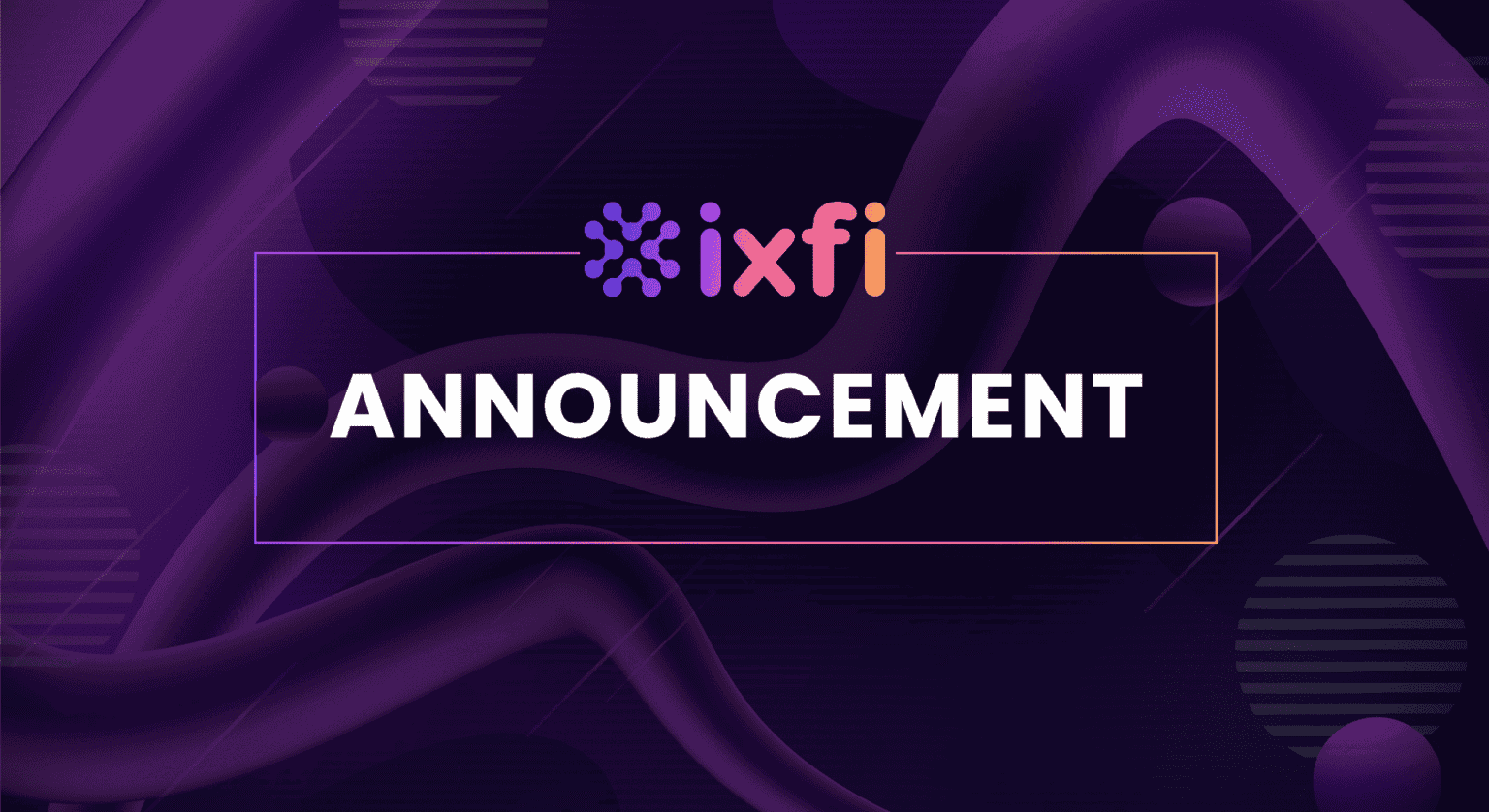We already know that Blockchain technology aims to revolutionize the global financial systems through decentralized and distributed networks that provide security, transparency, and data privacy. Unlike any other monetary system that exists today, distributed networks do not require a centralized authority to work properly. Blockchains can be of several types, including public, private, or consortium – and depending on these types, various teams are directly responsible for the Blockchain itself (as in a corporation, for example), but basically, they are created to work independently.
For example, transaction checks and validations are handled by members who are part of the network, such as miners or validators. Technically speaking, this is only possible thanks to the consensus mechanism and algorithms used by the Blockchain.
What is a Blockchain consensus algorithm?
In the absence of a central authority that administers the systems, Blockchain networks need their “group members”. Consensus algorithms are the mechanisms by which these members reach common agreements regarding the status of the network. A technical process is configured through these algorithms, via which transactions integrated into the chain are validated.
These transactions are recorded, being immutable, thus creating records and data in blocks. In addition to day-to-day transactions, changes that occur on the Blockchain can be voted by its members, but also found problems and solutions. At a technical level, these algorithms are used to increase the trust in these networks – above all, it provides functionality to systems without a central authority.
How does a consensus algorithm work?
The way these algorithms work depends a lot on the type of their used mechanism, but at the base of this technology is a functional and efficient virtual machine that many participants can tremendously use simultaneously. Things move extremely quickly on a distributed network, and it is necessary to be able to use that Blockchain at total capacity, constantly, without lag or interruptions, while still maintaining high data security. These algorithms have a set of rules that decide whether decisions made by network participants are legitimate or not. The details required to reach a consensus (such as agreement percentage, minimum validators needed, etc.) depend on the type of algorithms used.
How many types of consensus algorithms are there?
As the cryptocurrency space has dramatically expanded over the years and there are many types of Blockchains, it is customary to exist various kinds of consensus algorithms – each with its own specifications.
Proof of Work – PoW
Probably the most famous consensus mechanism as it is used by Bitcoin. The PoW also reminds us about all the negative news in the market, complaining that it is too expensive to mine BTC. A miner must prove that his submitted work is valid to be classified as valid by the consensus mechanism. The PoW mining process requires a piece of quite powerful equipment and consumes a lot of electricity.
After this step is completed correctly, the miner (also known as the “network node”) receives the right to continue his work and verify new transactions on the Blockchain. Proof of Work is quite tricky as a system designed only to encourage the work of dedicated people and eliminate bad actors with malicious intent. Thus, besides transactions’ approval, new coins are also issued into circulation.
Proof of Stake – PoS
After people noticed the problems they were facing with the Proof of Work algorithm – PoS was created to simplify the process. In Proof of Stake networks, miners turn into validators that use much less energy and resources to confirm transactions. For PoS, the validator must have a certain amount of cryptocurrencies staked – so the system ensures that it is in that validator’s best interest for everything to run smoothly.
The node receives responsibilities within the data block depending on the staked amount of coins. Once confirmed blocks are added to the chain, validators receive rewards that are added to their pool of staked coins – which may grow in value over time. Ethereum now uses this type of consensus algorithm after making the switch from Proof of Stake.
These two (PoW and PoS) are the most well-known algorithms, without which we cannot understand the functionality of decentralization. Also worth mentioning, there are more consensus algorithms used by different types of cryptocurrencies: Proof of Capacity, Proof of History, Proof of Activity, or Proof of Burn. They all have their advantages and bring diverse functionalities to the crypto ecosystem, making the space safer for everyone.
Anyone can be an investor. On a global scale, crypto remains a relatively young asset class with an investor base that’s still growing. At IXFI, we’re building a community where everyone is welcome. We mean it when we say that anyone can be an investor. Try it for yourself; join Your Friendly Crypto Exchange today and see where you fit in.
Disclaimer: The content of this article is not investment advice and does not constitute an offer or solicitation to offer or recommendation of any investment product. It is for general purposes only and does not consider your individual needs, investment objectives, and specific financial and fiscal circumstances.
Although the material contained in this article was prepared based on information from public and private sources that IXFI believes to be reliable, no representation, warranty, or undertaking, stated or implied, is given as to the accuracy of the information contained herein. IXFI expressly disclaims any liability for the accuracy and completeness of the information contained in this article.
Investment involves risk; any ideas or strategies discussed herein should, therefore, not be undertaken by any individual without prior consultation with a financial professional to assess whether the ideas or techniques discussed are suitable to you based on your personal economic and fiscal objectives, needs, and risk tolerance. IXFI disclaims any liability or loss incurred by anyone who acts on the information, ideas, or strategies discussed herein.


